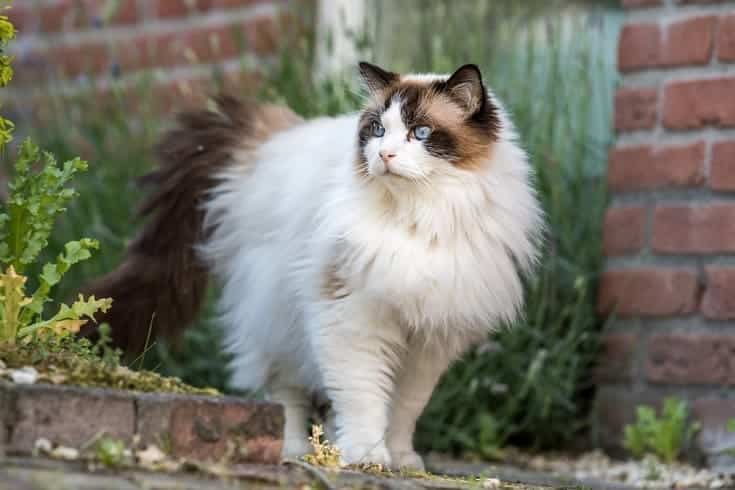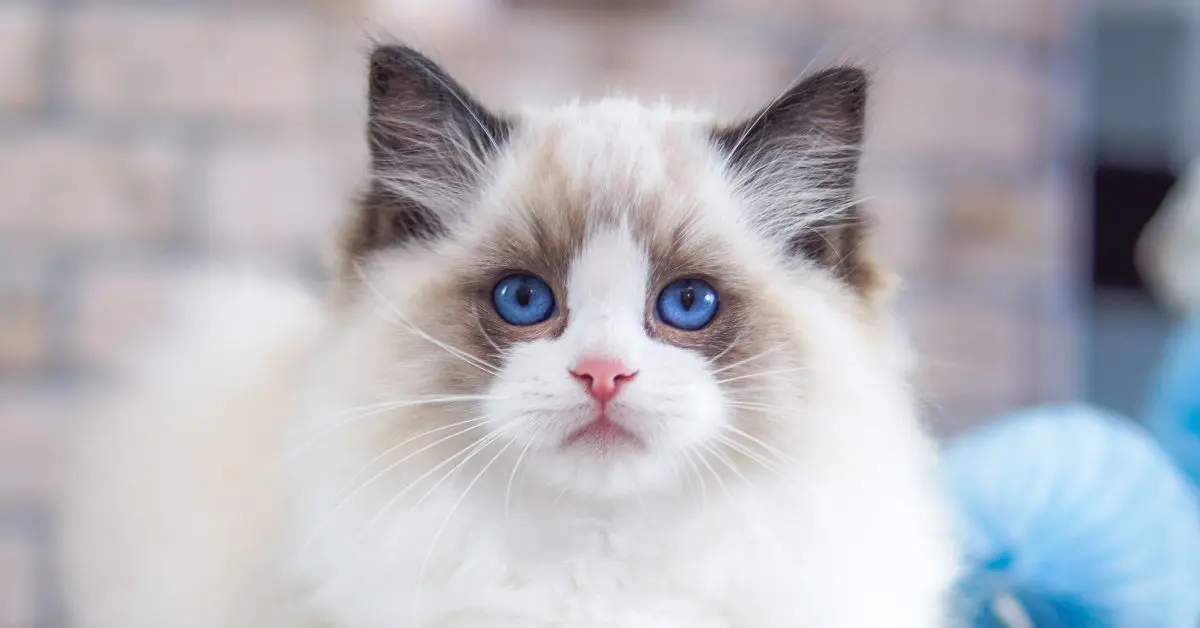Are you the proud owner of a Ragdoll cat or thinking about bringing one of these delightful felines into your home?
Ragdolls are known for their gentle nature, striking blue eyes, and fluffy coats, making them fantastic companions for cat lovers everywhere.
In this comprehensive guide, we’ll explore practical advice and tips to ensure you provide the best care for your Ragdoll companion, ensuring a happy and fulfilling life together.

1. Understanding the Ragdoll Breed
First things first, let’s get to know the Ragdoll breed a little better.
Originating in the 1960s, Ragdolls were bred for their docile temperament and floppy, ragdoll-like behavior when picked up.
These cats are typically large in size with semi-long fur that comes in a variety of colors and patterns.
Understanding the breed characteristics will help you better cater to your Ragdoll’s needs.
2. Creating a Safe and Comfortable Environment
Creating a safe and comfortable environment is essential for your Ragdoll’s well-being.
Ensure your home is free from potential hazards such as toxic plants, small objects that could be swallowed, and accessible electrical cords.
Provide cozy bedding, scratching posts, and plenty of toys to keep your Ragdoll entertained and mentally stimulated.
3. Feeding Your Ragdoll: Nutrition Essentials
Proper nutrition is key to keeping your Ragdoll healthy and happy.
Choose high-quality cat food that is specifically formulated for their age, size, and activity level. Consider a diet rich in protein and essential nutrients to support their overall health.
Remember to provide fresh water at all times and monitor their food intake to prevent overeating and obesity.
4. Grooming Your Ragdoll
Ragdolls have semi-long fur that requires regular grooming to prevent mats and tangles.
Establish a grooming routine that includes brushing their coat a few times a week, paying extra attention to areas prone to matting such as behind the ears and under the arms.
Trim their nails regularly and clean their ears to prevent infections.
5. Veterinary Care and Health Monitoring
Regular veterinary check-ups are essential for maintaining your Ragdoll’s health.
Schedule annual wellness exams and vaccinations to ensure they are up-to-date on preventive care.
Monitor your Ragdoll’s behavior and appetite for any changes that may indicate underlying health issues, and don’t hesitate to consult your veterinarian if you have any concerns.

6. Mental and Physical Stimulation
Ragdolls are intelligent and social cats that thrive on mental and physical stimulation.
Provide interactive toys, puzzle feeders, and opportunities for play to keep your Ragdoll engaged and entertained.
Set aside time each day for interactive play sessions and bonding with your furry friend.
7. Training and Socialization
While Ragdolls are known for their gentle nature, it’s still important to provide proper training and socialization from a young age.
Use positive reinforcement techniques to teach basic commands and discourage unwanted behaviors.
Expose your Ragdoll to various people, environments, and experiences to help them become well-adjusted and confident cats.
8. Building a Strong Bond with Your Ragdoll
Building a strong bond with your Ragdoll is essential for a harmonious relationship.
Spend quality time together, engage in interactive play, and offer plenty of affection and attention.
Respect your Ragdoll’s boundaries and preferences, and create a loving and supportive environment where they feel safe and secure.
Conclusion
In conclusion, caring for your Ragdoll companion is a rewarding experience that requires time, dedication, and love.
By understanding their unique needs and providing proper care and attention, you can ensure a happy and fulfilling life for your Ragdoll cat.
Remember to prioritize their health, well-being, and happiness, and enjoy the special bond you share with your furry friend.

FAQs:
Q: How often should I groom my Ragdoll cat?
A: Ragdolls typically require grooming a few times a week to prevent mats and tangles in their semi-long fur.
However, the frequency may vary depending on their coat length and shedding patterns.
Q: Are Ragdoll cats suitable for apartment living?
A: Yes, Ragdoll cats can adapt well to apartment living as long as they have enough space to roam and play.
Be sure to provide plenty of vertical space, scratching posts, and interactive toys to keep them mentally and physically stimulated.
Q: Do Ragdoll cats get along with children and other pets?
A: Ragdoll cats are generally friendly and sociable, making them great companions for families with children and other pets.
However, proper introductions and supervision are essential to ensure everyone gets along harmoniously.
Q: How can I help my Ragdoll cat adjust to a new environment?
A: When bringing a Ragdoll cat into a new environment, give them time to acclimate gradually.
Provide familiar scents, comfort items, and plenty of positive reinforcement to help them feel safe and secure in their new surroundings.
Q: What are some common health issues that Ragdoll cats may face?
A: While Ragdoll cats are generally healthy, they may be prone to certain health issues such as hypertrophic cardiomyopathy (a heart condition), polycystic kidney disease, and dental problems.
Regular veterinary check-ups and preventive care are crucial for maintaining their health and well-being.

